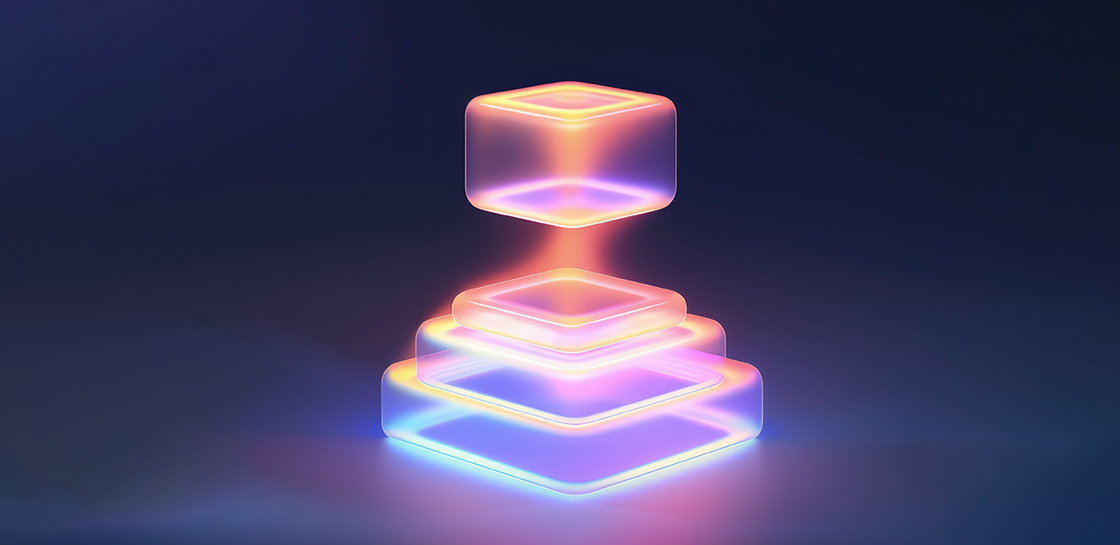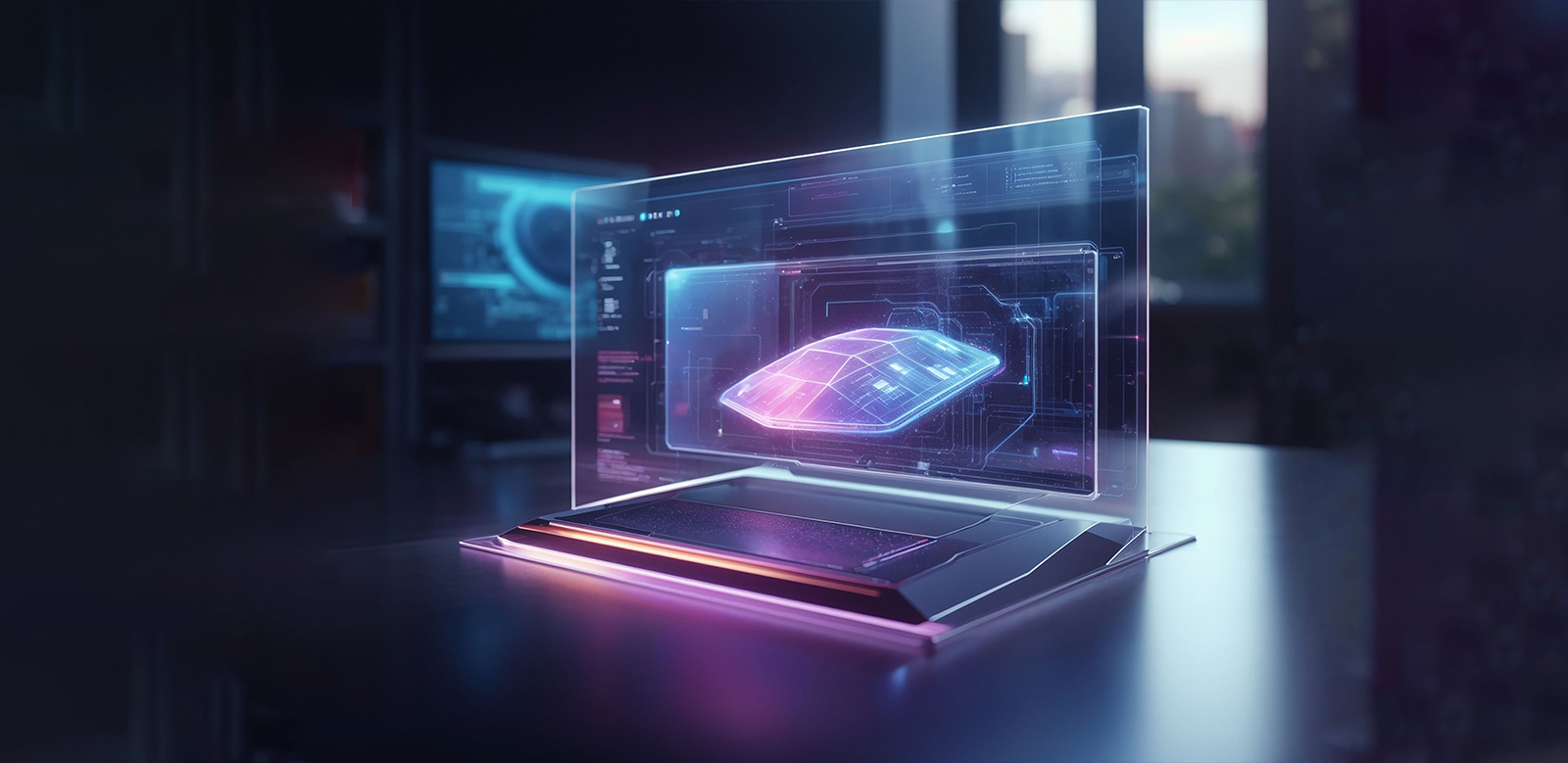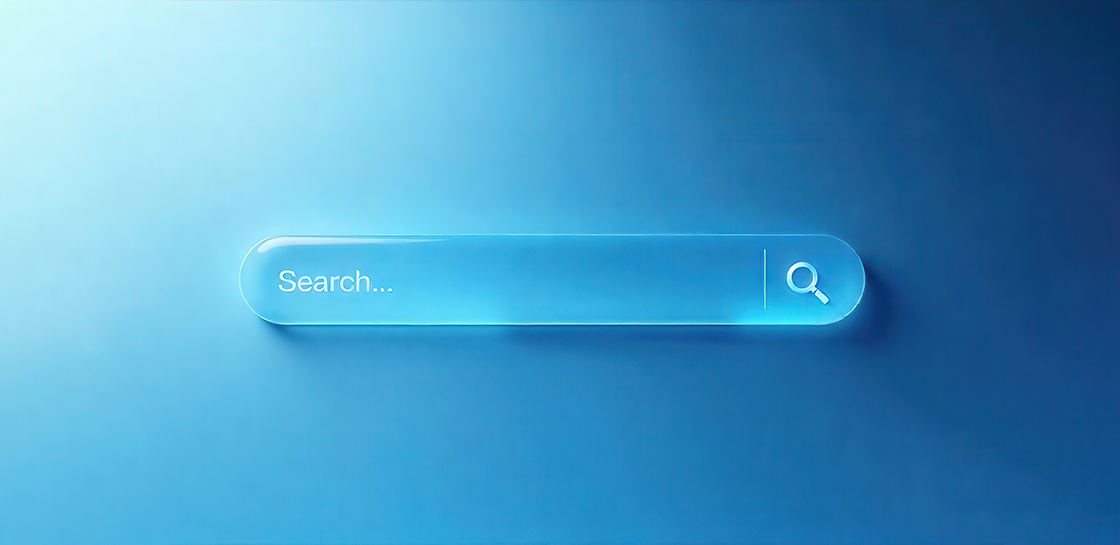As we move deeper into the digital age, the internet is undergoing a fundamental transformation. Web 3.0, often called the decentralized web is reshaping how we interact, build, and experience the online world. Unlike traditional web architectures controlled by centralized servers and corporations, Web 3.0 leverages blockchain technology to create a more transparent, secure, and user-driven internet. The result is not just an upgrade in technology, but a complete redefinition of digital ownership, trust, and creativity.
From Centralization to Decentralization
For decades, Web 2.0 has powered the digital experiences we rely on social media, cloud platforms, and e-commerce systems. But its centralized structure comes with inherent issues: privacy concerns, data monopolies, and single points of failure.
Web 3.0 introduces decentralized hosting, where data and applications exist across distributed nodes rather than being stored on a single server. This means no single entity controls the flow of information. Instead, power shifts back to the users, enabling them to own and manage their digital presence independently.
For businesses, this evolution ensures better resilience, security, and autonomy. Websites can operate with reduced downtime, lower risk of censorship, and enhanced transparency, key factors in a world increasingly focused on data ethics and user trust.
Blockchain as the Backbone of Trust
At the heart of Web 3.0 lies blockchain technology, a distributed ledger system that records transactions securely and immutably. When integrated into web design and development, blockchain introduces new levels of accountability and authenticity.
Smart contracts, self-executing agreements coded on the blockchain, automate transactions without intermediaries. This means websites can handle digital payments, subscriptions, and even content licensing seamlessly and securely. For example, an artist could publish their work on a decentralized platform and receive direct, transparent payments without relying on third-party processors.
This integration of blockchain doesn’t just strengthen security; it also promotes trustless interactions, where users don’t need to rely on centralized authorities to verify authenticity or ownership.
User Ownership and Data Control
Perhaps the most revolutionary aspect of Web 3.0 is the concept of user ownership. In the decentralized web, users control their own digital identities, data, and assets through cryptographic wallets. This empowerment contrasts sharply with Web 2.0’s data-driven business models, where users’ information is often monetized without their consent. Decentralized web design enables websites to offer personalized experiences without compromising privacy. Users decide what data to share, when, and with whom. This paradigm shift not only enhances security but also creates a more ethical digital ecosystem, one that respects user autonomy and digital rights.
Designing for the Decentralized Future
Designing for Web 3.0 requires a new mindset. Traditional client-server models give way to peer-to-peer interfaces that prioritize transparency, inclusivity, and accessibility. Designers must consider how to visually communicate trust, using verifiable credentials, blockchain-based authentication, and transparent data-sharing mechanisms. Aesthetically, decentralized websites are evolving to reflect their purpose: minimal, open-source, and community-driven. Developers and designers now collaborate within DAO (Decentralized Autonomous Organization) ecosystems, where design updates and feature improvements are governed democratically through blockchain voting systems.
The Road Ahead
While Web 3.0 is still in its early stages, its influence on digital design and development is undeniable. As blockchain adoption accelerates, more brands and developers are embracing decentralized technologies to build secure, future-proof online experiences. The next era of the web won’t just be about speed or interactivity, it will be about empowerment. Empowering users to control their data, empowering creators to own their work, and empowering developers to build without constraints.
Conclusion
Web 3.0 represents more than a technological leap it’s a philosophical shift toward a fairer, user-first internet. As decentralized hosting, blockchain integration, and smart contracts continue to mature, the future of web design will be defined by transparency, autonomy, and trust. The decentralized web is not a prediction; it’s already unfolding. The question now isn’t if we’ll embrace it, but how soon.





In this article